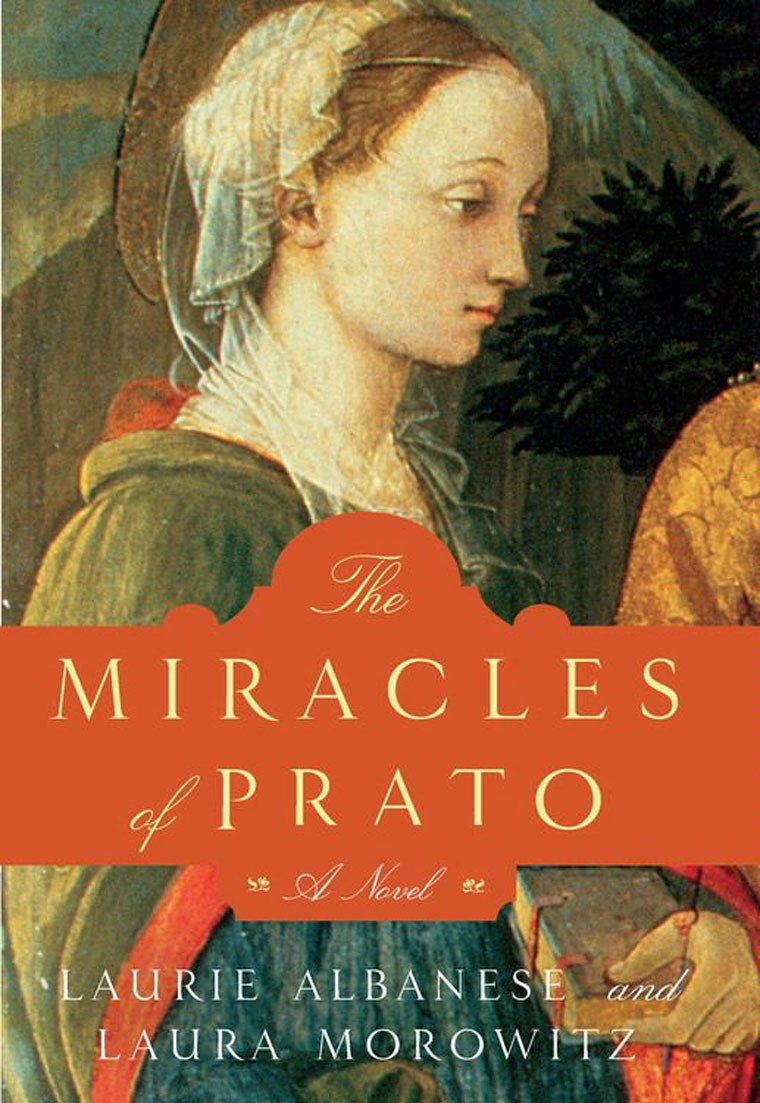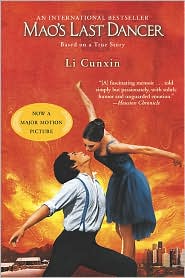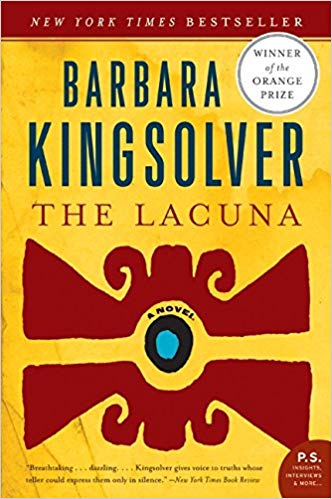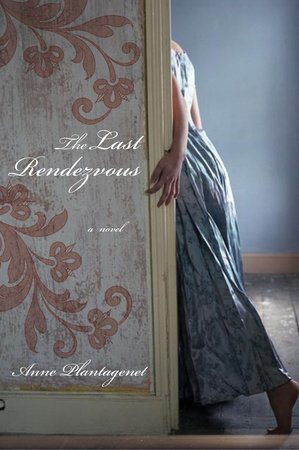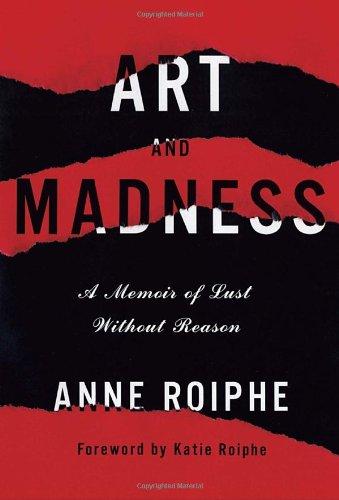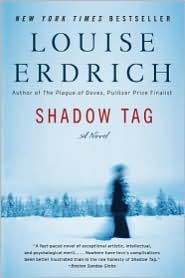Italy, 1456. The Renaissance is in glorious bloom. A Carmelite monk, the great artist Fra Filippo Lippi acts as chaplain to the nuns of the Convent Santa Margherita. It is here that he encounters the greatest temptation of his life, beautiful Lucrezia Buti, who has been driven to holy orders more by poverty than piety. In Lucrezia’s flawless face Lippi sees the inspiration for countless Madonnas and he brings the young woman to his studio to serve as his model. But as painter and muse are united in an exhilarating whirl of artistic discovery, a passionate love develops, one that threatens to destroy them both even as it fuels some of Lippi’s greatest work.
read more
From a desperately poor village in northeast China, at age eleven, Li Cunxin was chosen by Madame Mao’s cultural delegates to be taken from his rural home and brought to Beijing, where he would study ballet. In 1979, the young dancer arrived in Texas as part of a cultural exchange, only to fall in love with America-and with an American woman. Two years later, through a series of events worthy of the most exciting cloak-and-dagger fiction, he defected to the United States, where he quickly became known as one of the greatest ballet dancers in the world. This is his story,
read more
In this powerfully imagined, provocative novel, Barbara Kingsolver takes us on an epic journey from the Mexico of artists Diego Rivera and Frida Kahlo to the America of Pearl Harbor, FDR, and J. Edgar Hoover. The Lacuna is the poignant story of a man pulled between two nations as well as an unforgettable portrait of the artist—and of art itself.
read more
In 1817, at the late age of thirty-three,Marceline Desbordes, the actress and Romantic poet–the only woman counted by Paul Verlaine among his poètes maudits, or “accursed poets,” a group that included Victor Hugo, Charles Baudelaire, and Alfred de Vigny–marries Prosper Valmore, a fellow actor who brings love and stability to her tumultuous life. Such stability is short-lived, however, when she meets Henri de Latouche, an influential man of letters, they soon begin a passionate affair. Although their tryst does not last more than a year, their relationship survives through letters and memory. It sparks inspiration in Marceline’s work and leads her to create some of the most beautiful poetry in French literature.
read more
Luminous and intensely personal, Art and Madness recounts the lost years of Anne Roiphe’s twenties, when the soon-to-be-critically-acclaimed author put her dreams of becoming a writer on hold to devote herself to the magnetic but coercive male artists of the period.
Coming of age in the 1950s, Roiphe, the granddaughter of Jewish immigrants, grew up on Park Avenue and had an adolescence defined by privilege, petticoats, and social rules. At Smith College her classmates wore fraternity pins on their cashmere sweaters and knit argyle socks for their boyfriends during lectures. Young women were expected to give up personal freedom for devotion to home and children.
read more
When Irene America discovers that her husband, Gil, has been reading her diary, she begins a secret Blue Notebook, stashed securely in a safe deposit box. There she records the truth about her life and her marriage, while turning her Red Diary hidden where Gil will find it into a manipulative farce. Alternating between these two records, complemented by unflinching third-person narration, Shadow Tag is an eerily gripping read.
When the novel opens, Irene is resuming work on her doctoral thesis about George Catlin, the nineteenth-century painter whose Native American subjects often regarded his portraits with suspicious wonder.
read more
